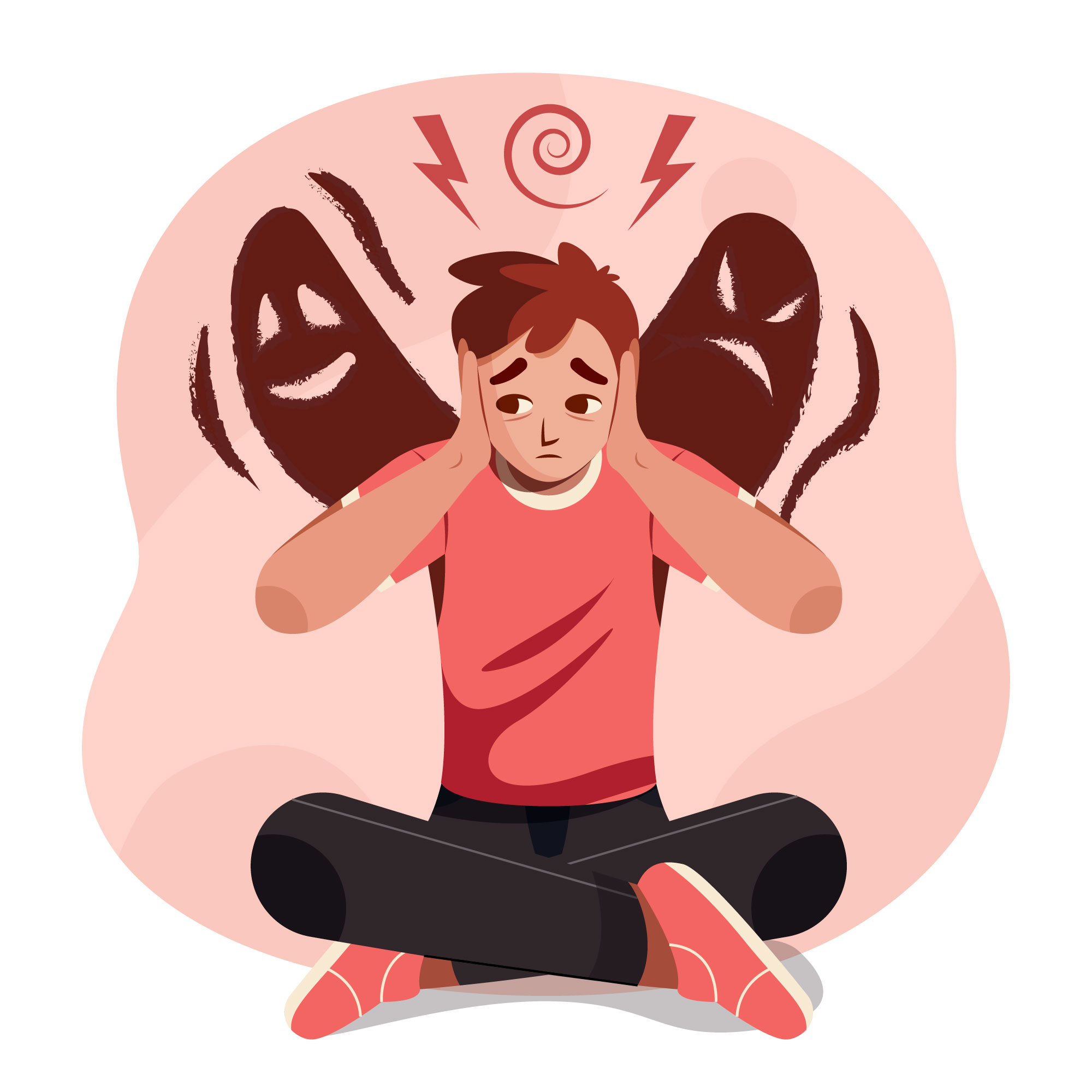Generalized Anxiety Disorder
Overview
Generalized Anxiety Disorder (GAD) is a prevalent mental health condition marked by excessive and uncontrollable worry about various aspects of daily life. Individuals with GAD often find it challenging to manage their anxiety, leading to significant distress and impairment in social, occupational, and other important areas of functioning. In the Indian context, understanding the nuances of GAD is essential for effective diagnosis, treatment, and support.
Key Facts
- Prevalence: Recent studies indicate that the current weighted prevalence of GAD in India is approximately 0.57%. This figure suggests that GAD affects a significant portion of the population, necessitating focused mental health interventions.
- Gender Differences: Research has identified that the male gender and higher education groups have significantly lesser odds of experiencing GAD.
- Comorbidities: Depression is the most common comorbid psychiatric disorder, occurring in 15.8% of individuals with GAD, followed by agoraphobia at 9.4%.
Symptoms and Patterns
GAD is characterized by persistent and excessive anxiety or worry about various domains, including work, health, and social interactions. Common symptoms encompass:
- Physical Symptoms: Fatigue, restlessness, muscle tension, and sleep disturbances.
- Cognitive Symptoms: Difficulty concentrating, mind going blank, and pervasive worry.
- Behavioural Symptoms: Avoidance of situations that may trigger anxiety, leading to social or occupational impairment.
These symptoms often persist for six months or more and are not attributable to other medical conditions or substance use.
Risk and Protective Factors
Risk Factors:
- Age and Marital Status: Individuals aged 40-59 years and those who are married have significantly higher odds of experiencing GAD.
- Urban Residency: Living in urban metropolitan areas is associated with a higher prevalence of GAD, possibly due to increased stressors related to urban life.
- Psychosocial Stressors: Chronic stress, traumatic experiences, and a family history of anxiety disorders can increase susceptibility.
Protective Factors:
- Higher Education: Individuals with higher education levels have significantly lesser odds of experiencing GAD.
- Social Support: Strong family ties and supportive social networks can mitigate the impact of stressors and reduce the risk of developing GAD.
Treatment and Care
Effective management of GAD in India involves a combination of pharmacological and non-pharmacological approaches:
- Pharmacotherapy: Selective Serotonin Reuptake Inhibitors (SSRIs) and Serotonin-Norepinephrine Reuptake Inhibitors (SNRIs) are considered first-line treatments. Pregabalin is also used in certain cases. Buspirone and hydroxyzine serve as second-line treatments, while benzodiazepines are reserved for short-term use due to potential dependency issues.
- Psychotherapy: Cognitive Behavioural Therapy (CBT) is highly effective, focusing on identifying and modifying negative thought patterns and behaviours associated with anxiety.
Psychological and Psychosocial Interventions
- Behavioural Therapy: Techniques such as systematic desensitization help individuals confront and reduce anxiety-provoking stimuli.
- Mindfulness and Stress Management: Incorporating practices like yoga, meditation, and mindfulness can aid in managing anxiety symptoms. These culturally rooted practices are widely accepted and practiced in India.
- Community Support Programs: Engaging in group therapy or community-based support groups provides a platform for sharing experiences and coping strategies, fostering a sense of belonging and understanding.
Conclusion
Generalized Anxiety Disorder presents a significant mental health challenge in India, with unique cultural and demographic factors influencing its prevalence and manifestation. Recognizing the symptoms, understanding the associated risk factors, and implementing comprehensive treatment plans are crucial steps toward effective management. Integrating traditional practices with evidence-based therapies can offer a holistic approach to care, ensuring that individuals with GAD lead fulfilling and productive lives.


